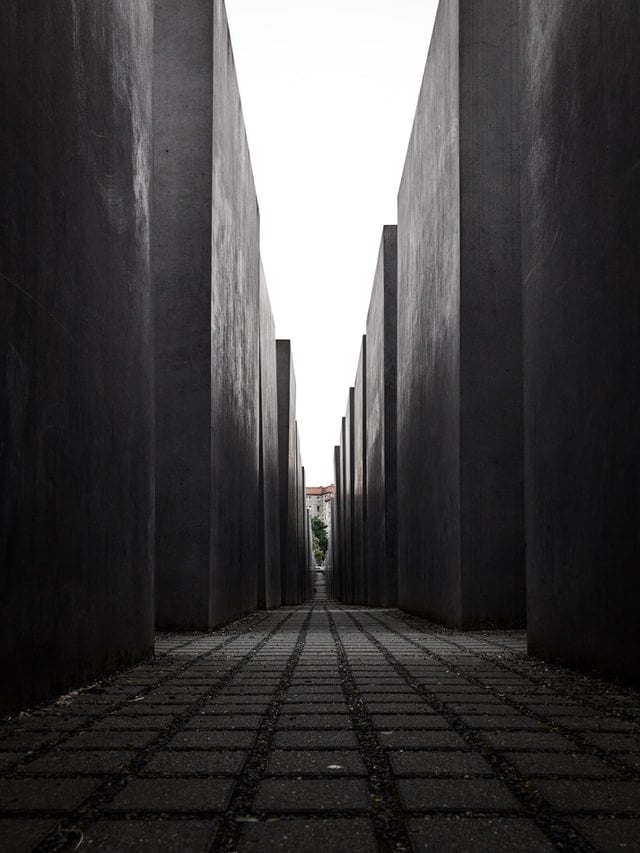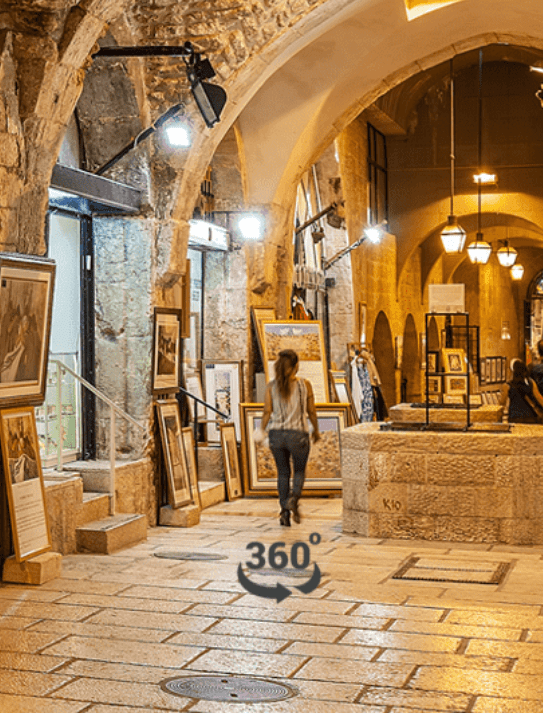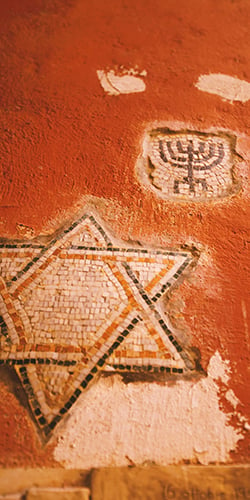Jewish population of Baku consists mainly of Ashkenazi Jews, who started arriving in Baku in 1832. They are believed to be soldier-cantonists, underage sons of Russian conscripts, who from 1721 were educated in special “canton schools” for future military service. These schools were called garrison schools in the 18th century and those who left the Pale of Settlement (the western region of Imperial Russia with varying borders that existed from 1791 to 1917, in which permanent residency by Jews was allowed and beyond which Jewish residency was mostly forbidden). The industrialization of Baku as a result of the oil boom attracted many qualified immigrants, including Ashkenazi Jews. In 1913, the population of Jews was 9,689 people or 4.5% and this number was constantly increasing.
Jews played an important role in the intellectual and artistic life of Baku. For example, 75 out of 238 lawyers, and 69 out of 185 doctors for Jews in the late 19-early 20th...















